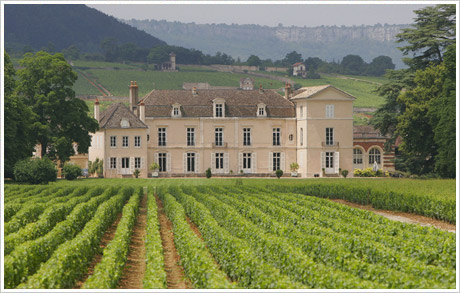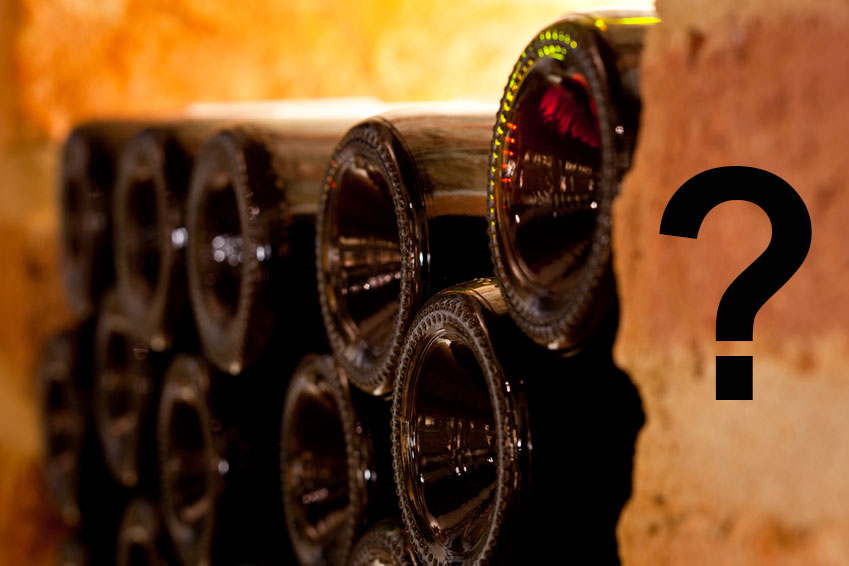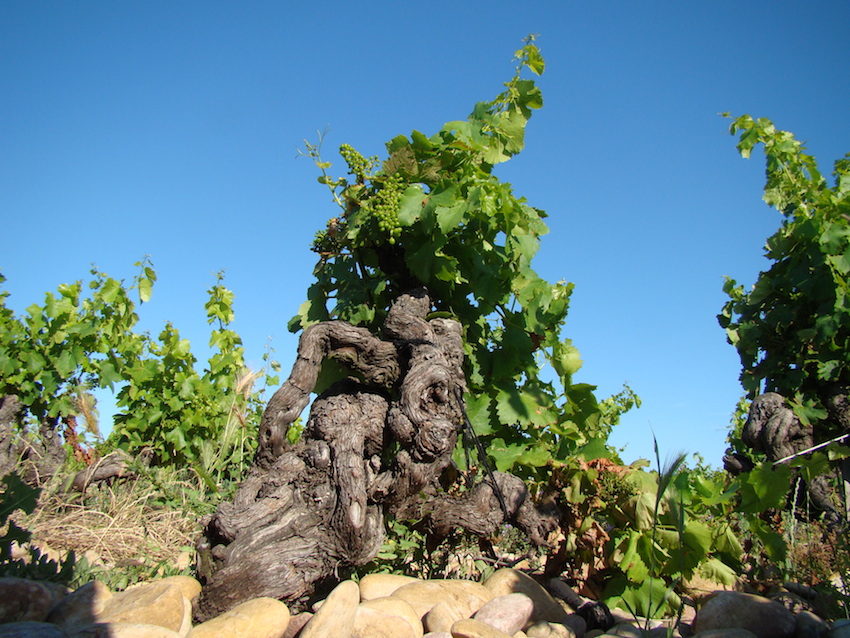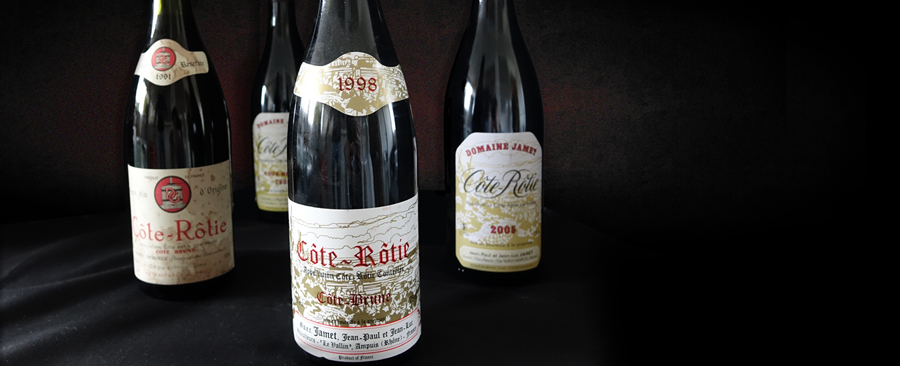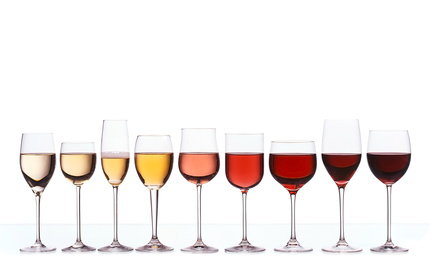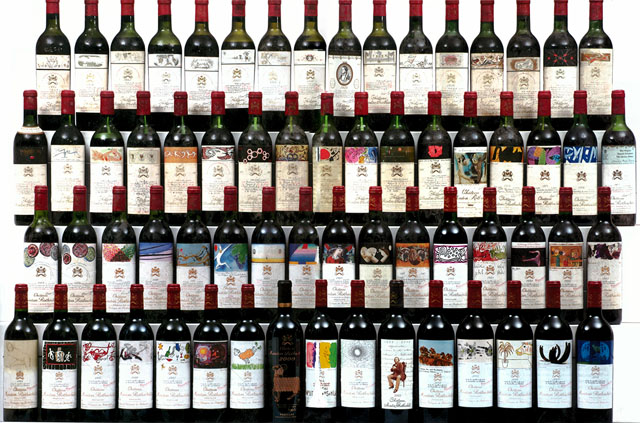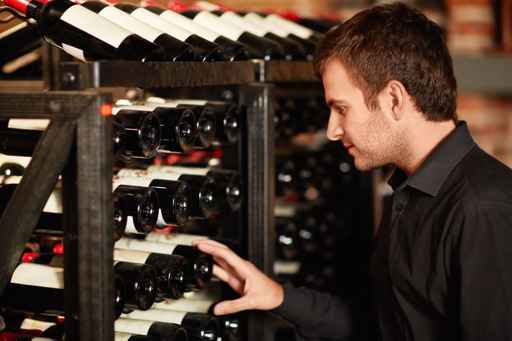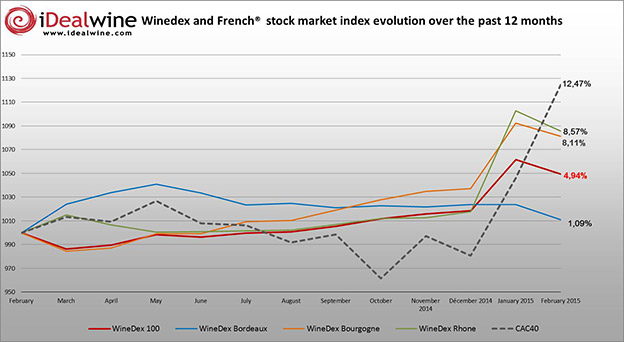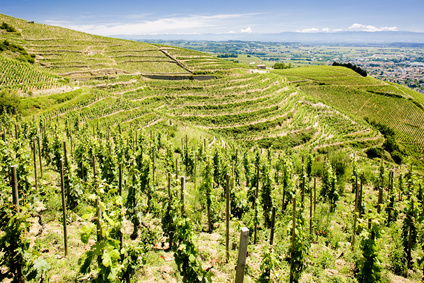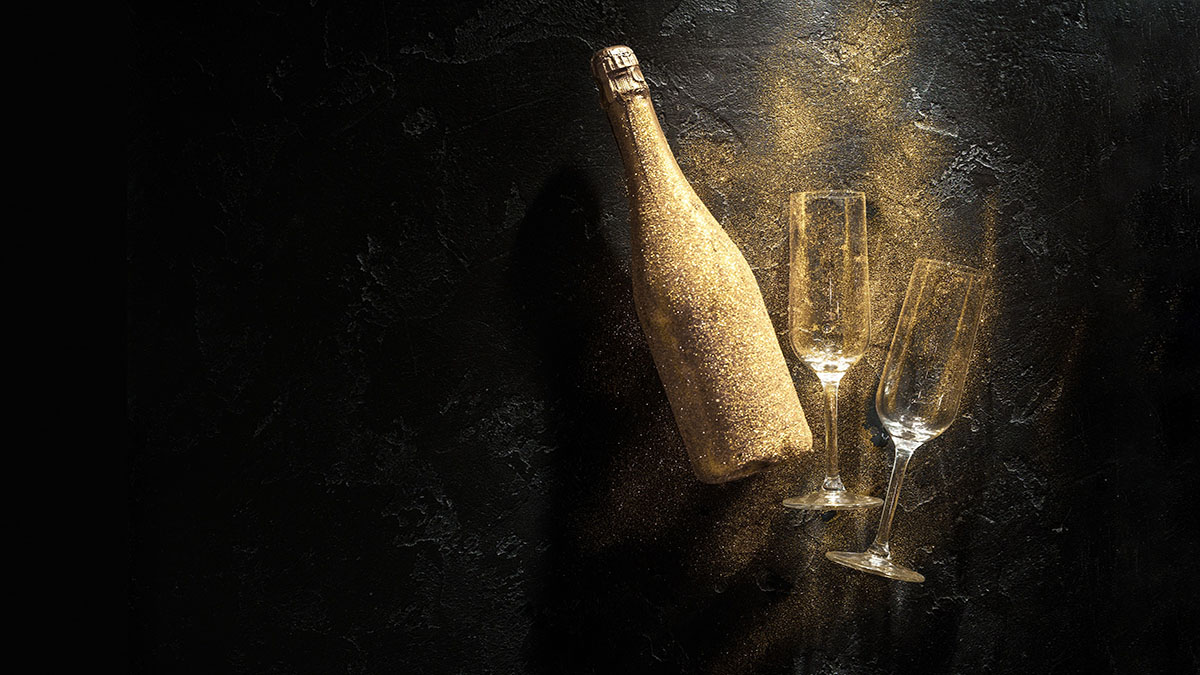Meursault and Marsannay return to the forefront
All French appellations have their "sleeping beauties", those who lack in fame despite their exceptional heritage. Until “Prince Charming” (an investor) comes along, making every effort to produce wines worthy of the pedigree. This has been happening to the châteaux of Meursault and Marsannay since 2012. One such Prince Charming is Olivier Halley, heir to a family shareholder of Carrefour and head of "H Partners" (owner of brands including "Du Pareil au Même" and "Tout Compte Fait"), who bought Château de Marsannay (35 hectares of vineyards in Marsannay and Côte de Nuits) and…

